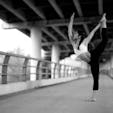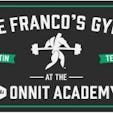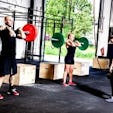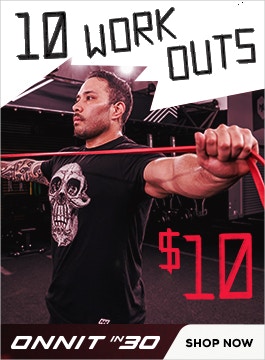Some of the best gyms in the world are CrossFit, and unfortunately, so are some of the worst. This can really be said of any big-name gym out there.
 The difference is that most of these big-name gyms are solo acts for their clients, while CrossFit offers a variety of classes to help instruct new skills and techniques for their participants.
The difference is that most of these big-name gyms are solo acts for their clients, while CrossFit offers a variety of classes to help instruct new skills and techniques for their participants.
All of the different training modalities in CrossFit are great to explore. The real issue that you must consider is not whether you should start using a CrossFit-type gym, rather, it is which CrossFit gym you should choose. How does each gym incorporate their ingredients into a recipe?
As one of my good friends always says, “you can go grocery shopping with Bobby Flay and buy all the same items as him, but if you don’t follow a recipe, you may end up with a mess on your plate instead of a tasty dish.”
The ingredients in CrossFit gyms may be right, but the recipes need planning. Even though CrossFit offers a Workout of the Day (WOD), not every individual’s capabilities are the same.
Proper planning, in terms of mobility work, technique progressions, and workout periodization, will help ensure each client’s needs are being met individually. I wouldn’t go to a gym that would force me to “drink the cool aid,” I want a gym that will address my needs and mix the ingredients right for me.
Does Your Crossfit Gym Have A Foundational On-Ramp Program?
When selecting any type of gym, you have to look at the structural integrity of their training. Ask yourself, “What is it that this gym builds their programming upon, and how do they go about achieving these aims in their clients?”
Are there beginner classes or private sessions that you MUST attend to ensure that you will have the knowledge and technical skills to continue safely reaching your goals? A proper On-Ramp Program should include:
Crossfit Gym Component #1: Solid Mobility Warm-Ups
Joint mobility is essential in any CrossFit gym. The gymnastic and olympic lifting movements alone pose a lot of issues for many clients. You cannot expect them to perform to their full potential if they do not develop an understanding and awareness of how their body works.
A proper mobility warm-up will wake up the body by bringing the central nervous system online, synovial fluid into the joints for lubrication, and mimic the movements of that day’s workout through bodyweight exercises.
Crossfit Gym Component #2: Joint Preparation Practice
Joint Preparation is key to preventing injuries. After your mobility work is done, you should be spending some time to prepare your joints for the work and load that you will be demanding of them during your workout. Good joint preparation will move you into positions of disadvantage and add load from either your bodyweight or external resistance slowly and incrementally.
An example of this would be allowing a client to kip when they are constantly complaining of shoulder pain and cannot fully extend their arms over their head. This client needs progressions of supplemental joint mobility and preparation exercises in their daily warm-up to help bring them closer to the goal of kipping. Think of it as pre-hab for your body. Do the work now or make time for recovery later.
Crossfit Gym Component #3: Post Workout Training Regimens
Post workout training regimens are necessary for everyone. There should never be a 3-2-1 GO! Then WOD, and then done. This is not acceptable at any gym. Neglecting pre and post-workout care will lead to body breakdown.
If you want to train another day and keep reaching new goals instead of constantly reliving the glory of your old ones, do the work before and after. A good post-workout regime should include a warm down, joint distractions, muscle tacking (both of which can be done pre-workout if needed as well), and stretching and flexibility work.
Crossfit Gym Component #4: Progressive Development of Simple & Complex Skill Sets
Exercises such as squatting, pull ups, overhead pressing, jumping, etc. do not come naturally to everyone, especially if they have been inactive for some time. Progressions should be in place in any good on-ramp program to make sure your weaknesses are addressed, you are understanding and performing the exercises properly, and you are not risking injury. Here is a list of basic exercises that should be covered in all on-ramp programs:
- Squatting: Front, Back, and Overhead
- Basics of Olympic Lifting: Snatch, Clean and Push Press, and Push Jerk
- Basic Gymnastic Work (straight and bent arm strength) Push Ups, Ring Rows, Pull Ups and Ring Dips (all without the assistance of bands), Rope Climbing and Inversions.
- Basic Kettlebell Techniques: Swings, Presses, Snatches, and Turkish Get Up
- Running and Rowing Mechanics
Crossfit Gym Component #5: More Private Training Sessions
More private training sessions if the client does not have the basics down yet. You would not let a blind man drive for his safety and the others around him. If a client’s weak points are not addressed and they do not understand and cannot perform the basic exercises properly, they will be at risk for injury in a regular, fast-paced class.
RX Should Be PR
Not every day is a competition. Periodization is essential if you want to see results in your personal records. At the base of a good training structure you should always find sleep, nutrition, mobility, strength, endurance, and then specialization. You cannot expect anything but a plateau if you do not have a sound foundation of strength to support your structure.
Volume should not be at the center of your gym’s training protocol. Training things like kipping without ever training the movements from a dead hang will NEVER make you stronger. One of my favorite rules in place at CrossFit Academy of Lions, is that you must be able to perform 10 strict, dead hang pull ups before you are allowed to kip in a WOD.
They are using individualized progressions to build each client up to a level of maximal strength first and then they work on volume. Always lifting sub-maximal weights or kipping past your weak points (even if you can do the RX for volume) may give you a “toned look,” but you will not efficiently reach your true athletic potential.
A great gym will always place mobility and strength periodization before anything else. It is about the quality of the movements being executed, not the quantity. You or your coaches should not accept the fact that your front squat is a mess because you cannot support a proper rack position due to mobility or strength, and then move onto olympic lifting despite this, and expect to make gains. This is a pipe dream that leads to eventual failure and injury.
By the same token, if you are already in the RX category and the movements are easy for you, why be content to sight see there? Be greedy, want more for yourself and your training. RX weight should be a guideline. Progressions must be in place to help you reach that goal, and once you have, continue to surpass it.
The focus should be on personal records when it comes to making gains in your training. You want to build up for a competition, not blow your WOD every day. A great CrossFit gym will include a variety of training modalities. The 10 General Physical Skills used by CrossFit are:
- Endurance
- Stamina
- Strength
- Flexibility
- Power
- Speed
- Coordination
- Agility
- Balance
- Accuracy
One of the best gyms I’ve been to that demonstrated this well is Valley CrossFit. They are equipped to the gills with a myriad of training equipment, and don’t just train typical CrossFit modalities. They bring in specialists (CrossFit and non-CrossFit) from every type of training and the results of this practice is evident in the success of their athletes and clients.
When considering any new gym you must think about your goals first. If you do not have the understanding on how to achieve your goals, you must seek out knowledge and help. Attending classes and private training sessions to work on your weak points is a must. Regardless of whether you are training for competition or life, training your strengths will only make you a failure. Training your weaknesses will make you a success.



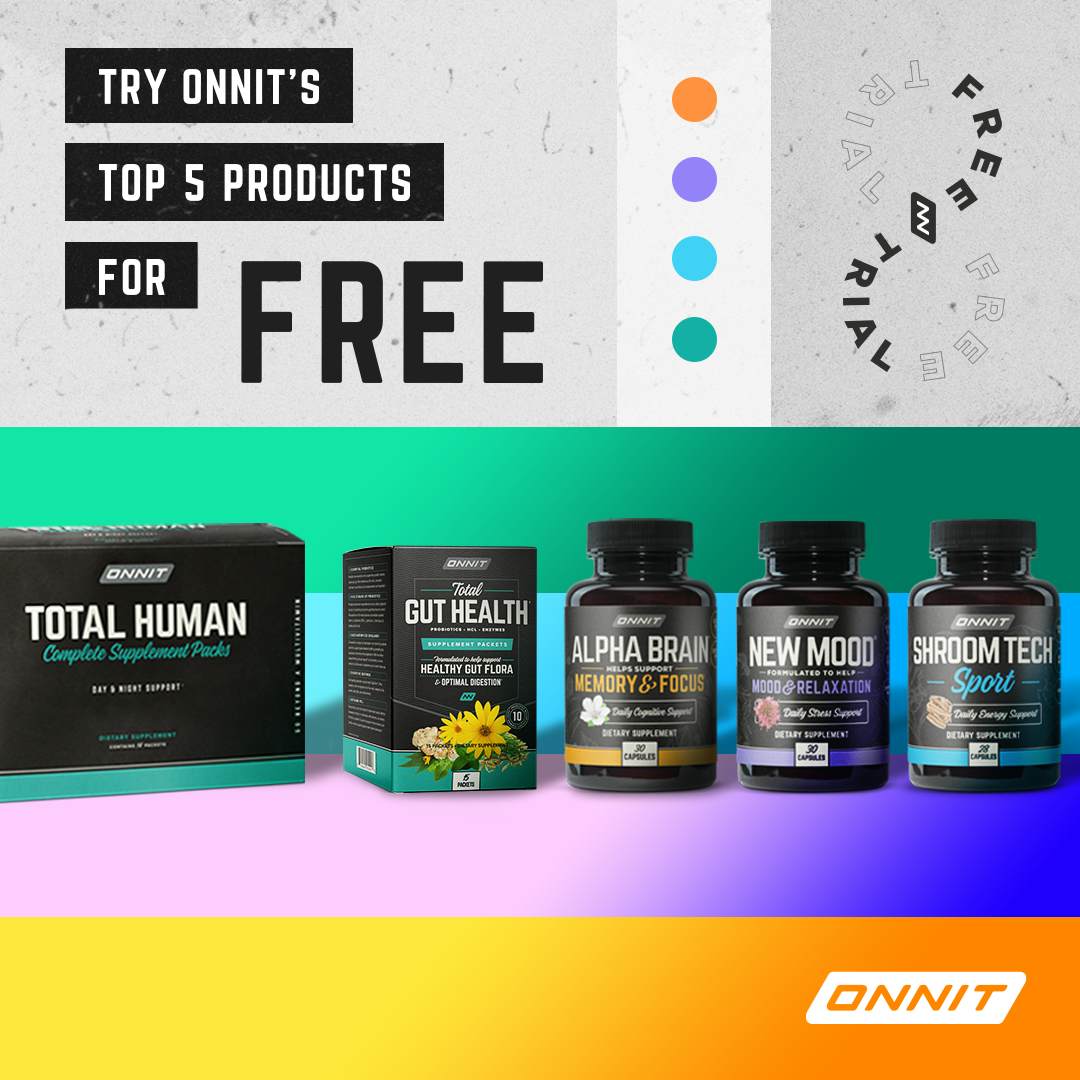)
